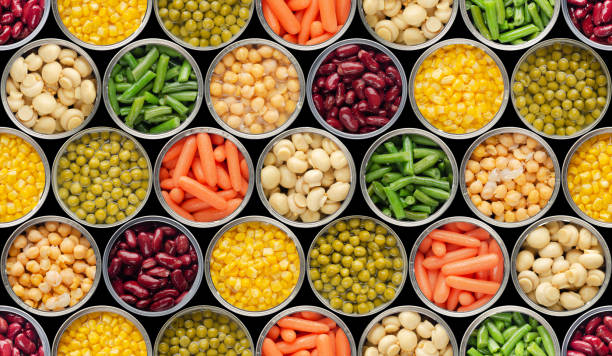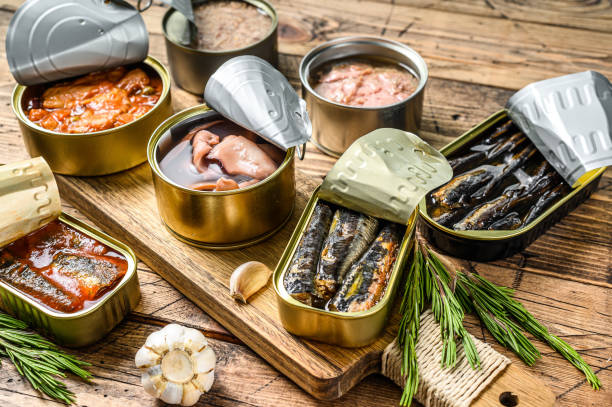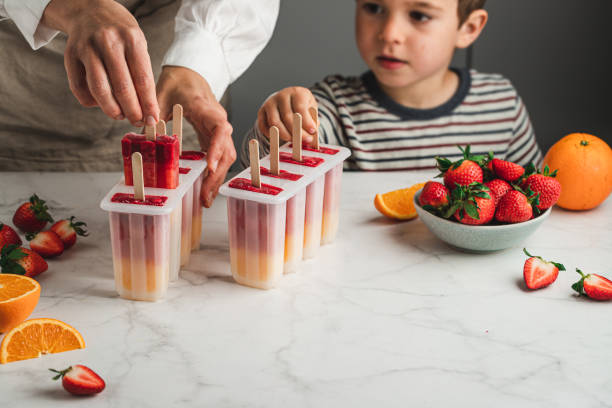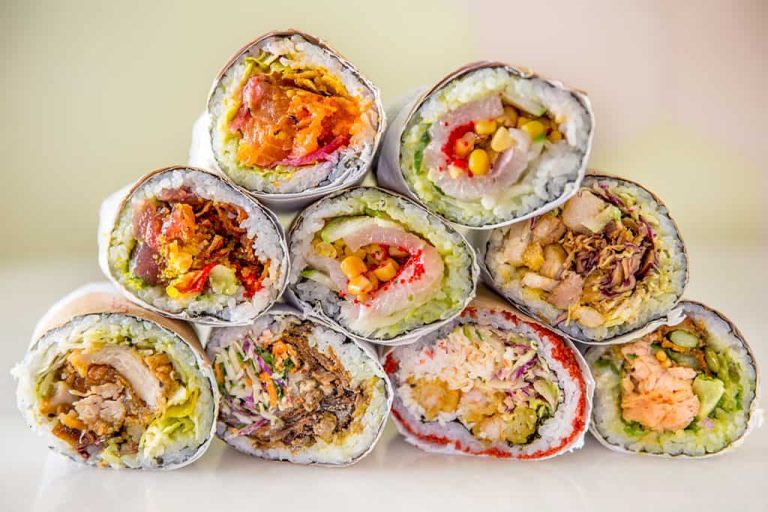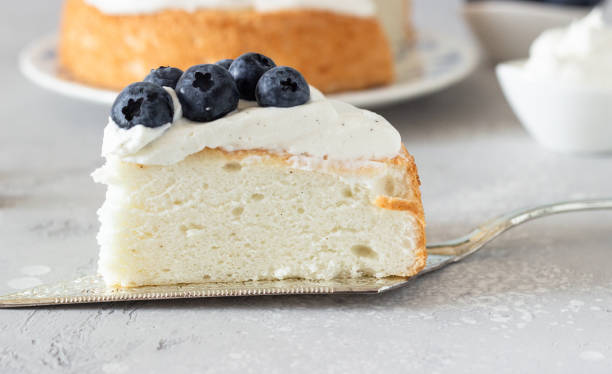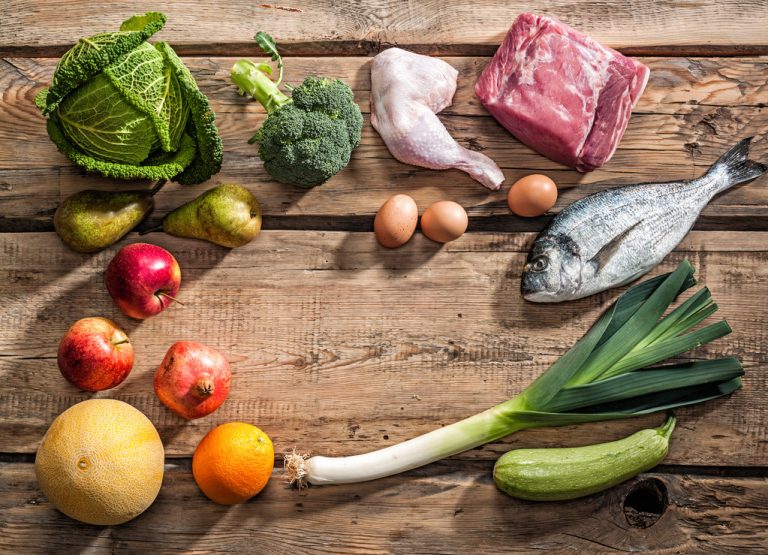Simply grow spring onions, garlic, and herbs yourself? What sounds like a beautiful dream can actually be implemented, because some herbs or types of fruit and vegetables can continue to thrive indefinitely – even on your windowsill.
Spring onions, leeks, lemongrass, and fennel (cabbage)
These foods are particularly easy to follow. To do this, place the bottom two to three centimeters of the respective vegetable with the root residue in a glass of water and change it every few days. After about seven days, the green part of the plant grows back at the top, creating a new plant. If you want, you can also plant them in a pot with soil. With fennel, however, only the herb thrives, not the tuber. When buying, you should make sure that onions, leeks, lemongrass, or fennel are fresh.
Garlic

As soon as garlic is left a little longer, small green shoots will sprout from the bulb. If this happens, you can put the toes in a bowl with some water. The shoots, which are very similar to the green of spring onions, thrive quickly. When the shoots are about 10 centimeters long, they can be easily harvested with kitchen scissors.
Alternatively, the clove of garlic can be planted in the ground with the shoot upward. After just a few weeks and regular watering, a new tuber will grow back.
Ginger
Perhaps you have already observed that new shoots grow from ginger bulbs. With a little skill, you can grow a new plant from a piece of ginger that has been expelled.
To do this, fill a pot three-quarters full with soil, place the ginger root on top and cover it loosely with soil. For ginger to thrive, it needs a warm and humid climate. You simply build a small “greenhouse” by covering the pot with foil or a plastic lid. Poke a few holes in the foil to allow air to get in.
After a few weeks, tender shoots break out of the ground. Now you can remove the cover, but watering enough moisture is still important. In a warm and sheltered place, ginger grows into a slender plant with reed-like leaves.
In autumn, when the ginger plant sheds its leaves, it is harvest time: you can simply dig up the ginger tubers that have grown back. The plant thrives ideally if you put the tuber in the ground in spring.
Romaine lettuce, cabbage, and bok choy
An undamaged stalk is enough for romaine lettuce and co. to grow back.
To do this, place the stalk without leaves in a glass of water and place the whole thing in a sunny spot, for example on the windowsill. The water should be changed every few days; In addition, it is advisable to wet the stalk with water from a spray bottle from time to time.
After about two weeks, the first leaves will grow back, and after three to four weeks you will have a complete head of lettuce, cabbage, or pak choi. The latter two can also be planted in the ground and grown there.
Herbs like mint, rosemary, basil, coriander
It is very easy to grow herbs. For this, you need a stalk of the desired herb, which is cut off just below a leaf. To avoid crushing the delicate stalk, use a sharp knife instead of scissors.
Now remove the lower leaves and put the stalk in a glass with water. Here, too, the water should be changed regularly. Roots will form quickly; as soon as these are about five centimeters long, the plantlet can be potted. Plenty of suns and sufficient water accelerate growth. Use stems from good quality plants for your planting experiment, as unfortunately supermarket stock is often grown in such a way that the plant will die when the leaves are removed.
Potatoes
From mid-April, the tuber can be grown wonderfully by burying a potato that has already germinated in a pot or bucket with soil. The shoots must also be completely covered with soil. During the summer, the potato plant blooms very nicely. When the flowering season is over and the potato tops are turning brown, you can dig up your home-grown potatoes.
Tip: If none of your potatoes have germinated yet, you can alternatively quarter them and place them in water for a few days. That’s how they cast out.
Pineapple
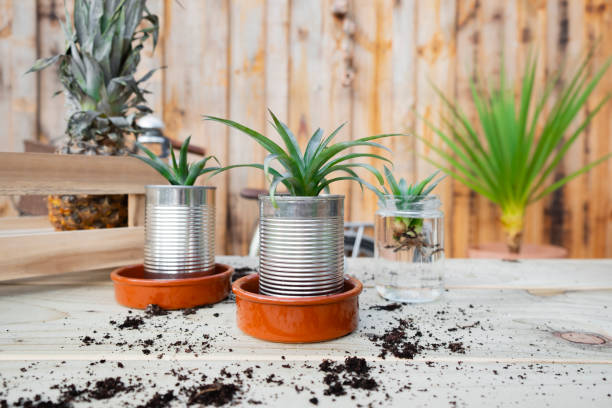
You need a little patience when breeding pineapples because the process takes about two years. Be sure to buy a ripe but not overripe fruit that has golden brown skin and unblemished leaves.
Twist off the stalk with the leaves, removing the lower leaves until the stalk is exposed about an inch. Place the stalk in a glass half-filled with water and place it in a warm place.
Once roots have formed, you can pot the seedling. Regular watering is important so that the soil always stays moist. After about two months, a real small pineapple plant has already grown, which you should report after a year. Your patience will be rewarded after about 20 months: the pineapple flowers for the first time! With a bit of luck, you may soon be able to harvest your first pineapple.
